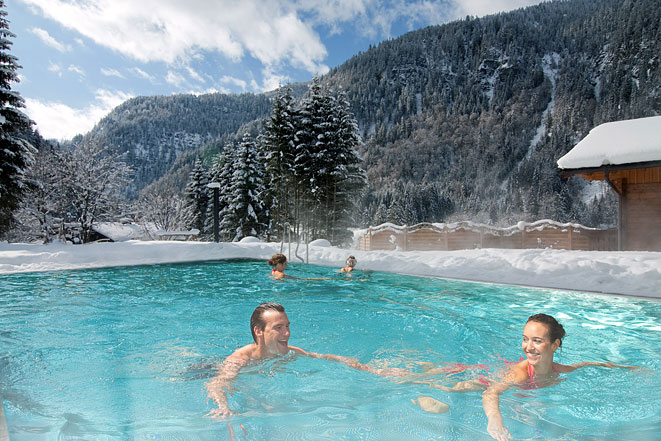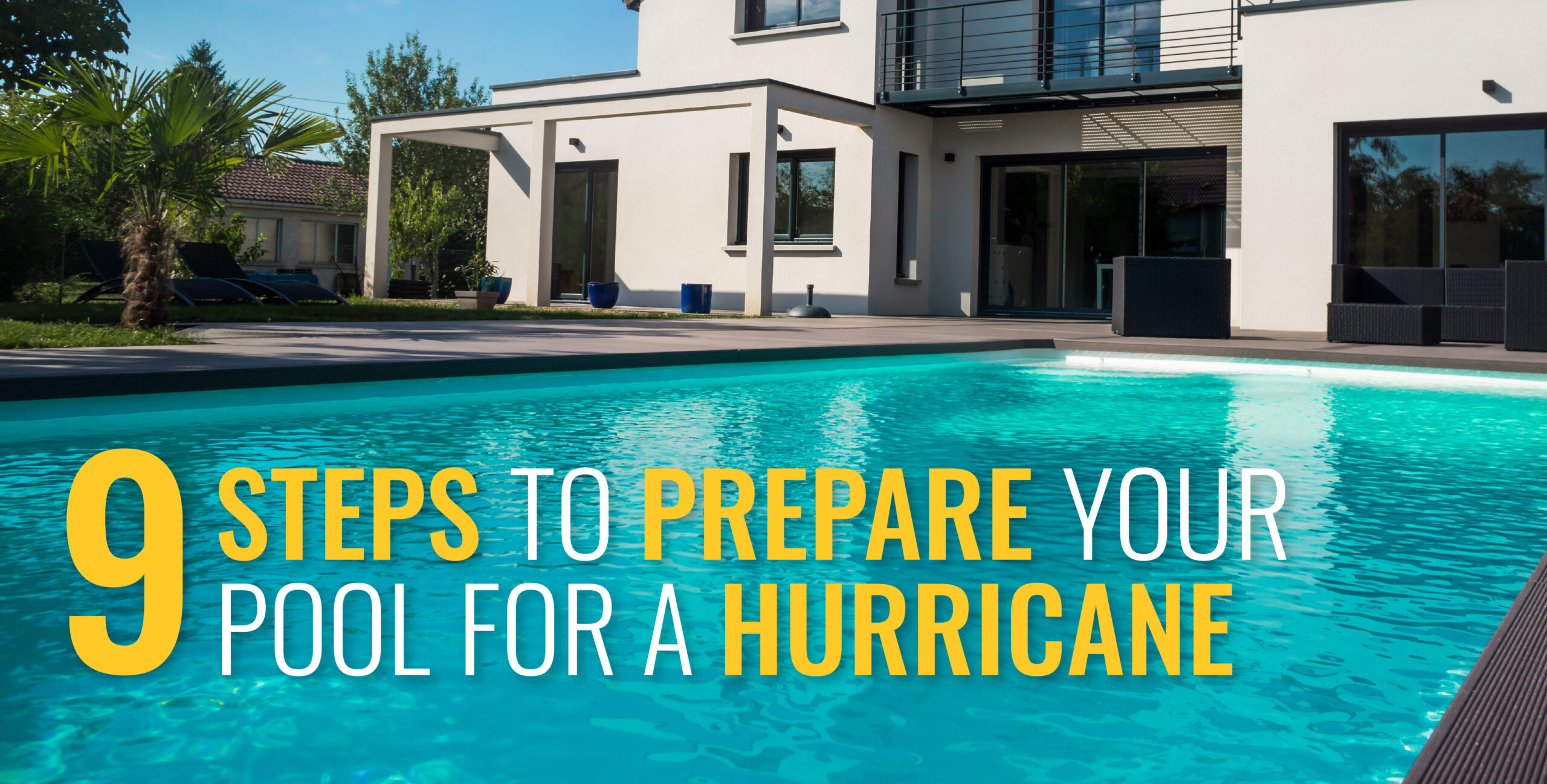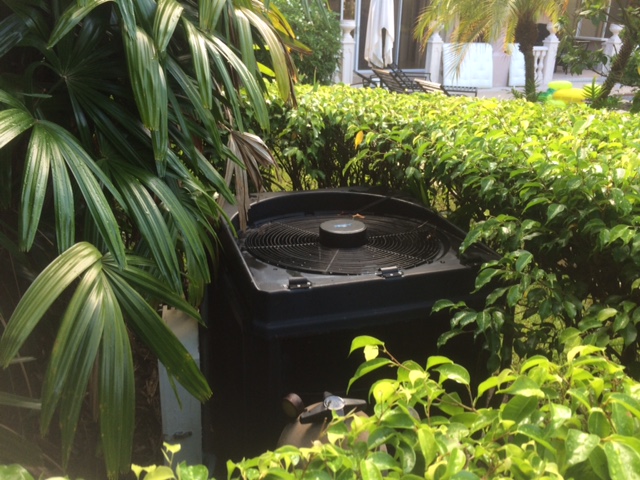As hurricane season approaches, it's crucial to ensure the safety of your property, including your…

Best Ways to heat your pool this winter
The Best Ways to Heat a Swimming Pool In The Winter Months
Owning a swimming pool in an area of the country or the world that has a winter season, you may think your swimming season is limited. However, there are options available that will help you heat your pool in the winter months or extend your season, even during those cold winter months! Lets go over some of them in this article.
Gas Heater
Gas heaters heat your swimming pool by burning either propane or natural gas. They provide for a long and comfortable swimming season. They can heat your swimming pool regardless of the air temperature because they get their heat from gas, rather than from the air or sun. This is why they are widely used in colder climates. They can heat your swimming pool more easily in lower temperatures than a heat pump, which operates less efficiently in lower temperatures. A gas heater also offers the convenience of heating your swimming pool more quickly than a heat pump, which makes it ideal for swimming pool owners who want on-demand heat.
While gas heaters offer many conveniences, they have several drawbacks. A gas heater typically has a Coefficient of Performance (an efficiency rating that measures the ratio of energy output to energy input) of between 0.80 and 0.85, which makes it the least energy-efficient heating method. This COP directly translates to high operation costs. In fact, a gas heater generally costs between $300 and $500 per month to operate. Also, compared to other heating systems, a gas heater has a short lifespan, usually five years.
Air-Source Heat Pump
Air-source heat pumps are rapidly growing in popularity because they offer very energy-efficient and cost-effective heating. Air-source heat transfer heat from the air to your swimming pool. They have a COP measuring between 5 and 6, which means they produce five to six units of energy for every unit they consume. This high energy efficiency directly translates to low operating costs and low environmental impact.
Most heat pumps shut down when the outside temperatures go down below 55° degrees, some can continue to operate down to the mid to low 40s, and some can operate in temperatures of mid to low 20s. These types of heat pumps have different names and are made by various manufacturers they can be referred to as reversible heat pumps, heat/cool heat pumps or icebreakers. On colder temperature days, a heat pump will begin to freeze the condensate that forms normally on the evaporator coil. Standard heat pumps simply turn off at this point to avoid mechanical damage to the heat pump system due to this icing condition. A Hot Gas Defrost unit, like AquaCals IceBreaker model, will utilize a reverse cycle process which reverses the flow of refrigerant gas through the unit, quickly defrosting the evaporator coil- which allows the heat pump to continue to heat.
Water-Source Heat Pump
Water-source heat pumps are not as well-known as other heating systems because they utilize newer technology. They transfer heat from water sources, such as a lakes, ponds, or wells. Water-source heat pumps greatly benefit swimming pool owners who live in climates where air temperatures fall below 50°F (10°C).
The installation of water-source heat pumps requires large wells and long water lines. This installation process can be both timely and costly. However, after the installation process is complete, your water-source heat pump will require minimal cost and space.
Solar Blanket
Solar blankets are often recommended because they greatly reduce swimming pool heating costs. 75% of your swimming pools heat loss is due to evaporation. A solar blanket reduces heat loss from evaporation by acting as a barrier between your swimming pool and the air. A solar blanket is most effective at night and during cloudy days, when the potential for evaporation is greatest.
So now you know a few ways in which you can extend your swimming pool season. To learn more about different heating systems, you can read our free e-book, The Definitive Guide to Heating Your Swimming Pool. Leave any questions or thoughts you have in the comments section below. We would love to hear from you!




Thank you for all the tips and advice. It really helps pool owners to have a relaxing pool.
If I already have a geothermal HVAC system, can I tap into the nearby underground pipes in the close loop and use them to heat my pool with a water sourced heat pump?
HI Barry,
Hope you are doing well. It is possible to hook up a Geothermal unit to an existing ground loop.
You would need to make sure that you have enough capacity in the ground loop to run the heat pump & your current geothermal needs.
I would suggest calling out tech support department at 727-456-7411 to speak with an in house tech.
Thanks,
Robert Brown
AquaCal Tech Support
Solar blanket adds 10+ degrees to our inground pool during summer months. It also helps retain the heat throughout the cooler nights. Only drawback is for irregular shaped pools it is very cumbersome to remove and recover on a daily basis.
Thanks for sharing Paulette!
Solar blankets work very well in climates with a lot of sunlight, it is also the 'Go Green' way to heat your pool.